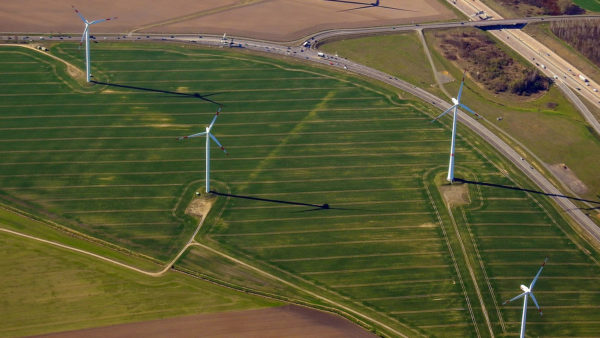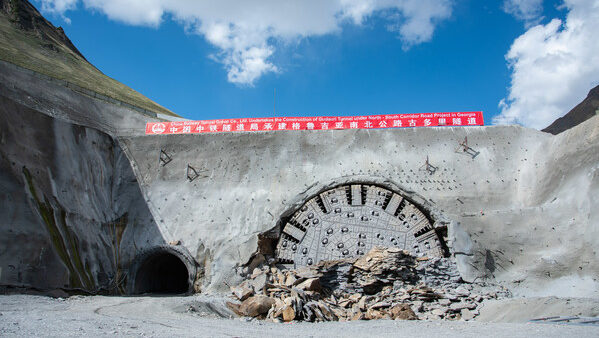A robot built to resemble a Cheetah, with the ability to navigate difficult terrain, has been developed by the Massachusetts Institute of Technology’s Department of Mechanical Engineering.Â
The 90-pound Cheetah III can climb up debris-covered stairs at 23km/h and can stand up if it falls down.Â
The third generation machine will initially be deployed as an inspection robot in nuclear or chemical plants and can be remote controlled or operate semi-autonomously.
Sangbae Kim, the associate professor in charge of the Cheetah’s development said the robot would not rely on cameras to find its way around: "There are many unexpected behaviours the robot should be able to handle without relying too much on vision.Â

"Vision can be noisy, slightly inaccurate, and sometimes not available, and if you rely too much on vision, your robot has to be very accurate in position and eventually will be slow.
"So we want the robot to rely more on tactile information. That way, it can handle unexpected obstacles while moving fast."
The Cheetah III uses two algorithms that each react 20 times per second, one for contact detection and one that determines how the robot will move and regain its balance.
Kim said: "We believe the Cheetah III will be able to navigate in a power plant with radiation in two or three years.
"In five to 10 years it should be able to do more physical work like disassembling a power plant by cutting pieces and bringing them out. In 15 to 20 years, it should be able to enter a building fire and possibly save a life."
The project is supported by the Air Force Office of Scientific Research, electronics firm Foxconn, Korean company Naver and the Toyota Research Institute.
Cheetah III will be displayed in October 2018 at Madrid’s International Conference on Intelligent Robots.
Images courtesy of MIT










